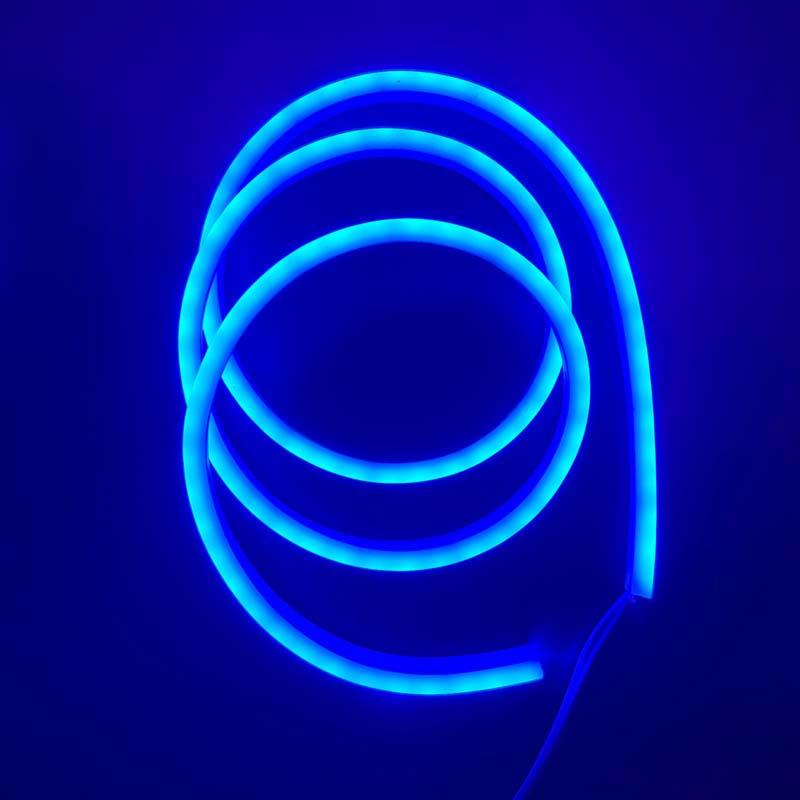10 Types of LED Lights and How to Choose
Introduction:
LED lights have revolutionized the lighting industry, offering energy efficiency, durability, and versatility. With a wide range of LED lighting options available, it's essential to understand the various types and how to choose the right one for your specific needs. In this guide, we'll explore ten different types of LED lights and provide insights on how to select the most suitable option.
![]()
LED Bulbs:
LED bulbs are the most common LED lighting option, designed to replace traditional incandescent bulbs.
Choose the right LED bulb based on brightness (measured in lumens), color temperature (Kelvin), and compatibility with fixtures and dimmer switches.
LED Tubes:
LED tubes are a popular choice for fluorescent tube replacements.
Consider the length, type (T8 or T5), and ballast compatibility when selecting LED tubes.
LED Panels:
LED panels provide uniform lighting, making them ideal for offices and commercial spaces.
Evaluate the panel size, color rendering index (CRI), and installation method for your application.
LED Strips:
LED strips are flexible and versatile, allowing for creative lighting designs.
Determine the strip length, color options, and waterproofing if the strips will be used outdoors or in wet areas.
LED Downlights:
LED downlights are recessed fixtures that provide focused lighting.
Select the right size, beam angle, and dimmability for your intended use.
LED Track Lighting:
LED track lights are adjustable, making them perfect for accent and task lighting.
Consider the track system compatibility, beam angle, and color temperature.
LED Spotlights:
LED spotlights deliver intense, focused light and are often used for highlighting specific objects.
Choose the right beam angle, wattage, and color rendering for your spotlight needs.
LED Floodlights:
LED floodlights are used for outdoor security, landscape lighting, and large area illumination.
Consider the wattage, color temperature, and IP rating for weather resistance when selecting floodlights.
LED Grow Lights:
LED grow lights are designed for indoor plant cultivation and hydroponics.
Determine the required spectrum, intensity, and coverage area for your specific plants.

LED Decorative Lights:
LED decorative lights come in various shapes and designs for festive and aesthetic purposes.
Choose decorative lights that match the theme, color, and ambiance you want to create.
How to Choose the Right LED Light:
Now that you're familiar with various types of LED lights, here's how to choose the right one:
Determine the Purpose:
Identify the primary purpose of the lighting, whether it's general illumination, task lighting, accent lighting, or decorative purposes.
Calculate Lumens and Color Temperature:
Calculate the lumens needed for the space. The higher the lumens, the brighter the light.
Consider the color temperature (warm or cool) based on the room's function and atmosphere.
Check Compatibility:
Ensure compatibility with existing fixtures, dimmer switches, and electrical systems.
Consider Energy Efficiency:
Opt for LED lights with high energy efficiency ratings, such as ENERGY STAR certification, to save on electricity bills.
Evaluate Longevity:
Check the LED light's lifespan, as longer-lasting bulbs require fewer replacements.
Select the Right Size and Design:
Choose the appropriate size and design that complements your decor and lighting requirements.
Review Product Reviews and Ratings:
Research customer reviews and ratings to gauge the performance and reliability of the LED lights you're considering.
Budget Consideration:
Set a budget and explore options within your price range, balancing quality and cost.
Conclusion:
LED lights have transformed the lighting industry, offering a wide range of options for various applications. By understanding the different types and considering factors like lumens, color temperature, compatibility, and energy efficiency, you can make an informed decision when selecting the right LED lights for your specific needs. Whether it's for general illumination, task lighting, or decorative purposes, there's an LED lighting solution that can meet your requirements while saving energy and lasting for years to come.
Comments
Post a Comment